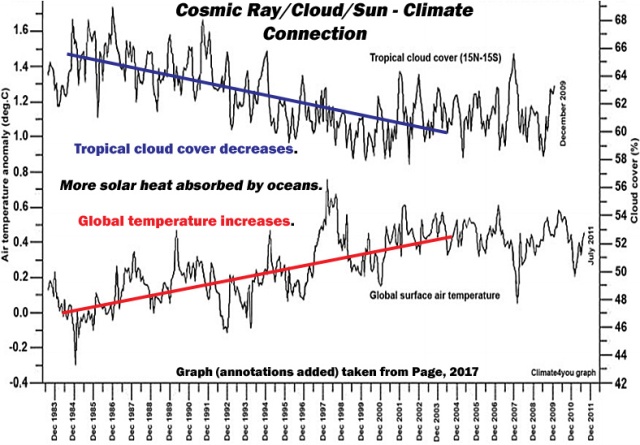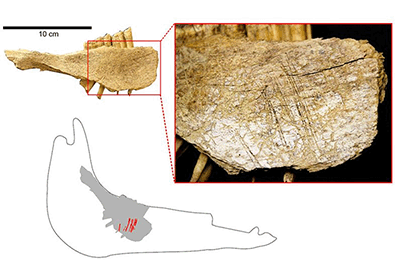- Joined
- Sep 15, 2013
- Messages
- 8,285
- Reaction score
- 4,095
- Location
- Australia
- Gender
- Male
- Political Leaning
- Liberal
I'll just point out that the MWP is really just a myth.
The definitive point here is made by the most comprehensive and largest paleoclimate study done to date, Pages 2k, which pretty clearly states:
"There were no globally synchronous multi-decadal warm or cold intervals that define a worldwide Medieval Warm Period or Little Ice Age, but all reconstructions show generally cold conditions between AD 1580 and 1880, punctuated in some regions by warm decades during the eighteenth century. The transition to these colder conditions occurred earlier in the Arctic, Europe and Asia than in North America or the Southern Hemisphere regions. Recent warming reversed the long-term cooling; during the period AD 1971–2000, the area-weighted average reconstructed temperature was higher than any other time in nearly 1,400 years."
Continental-scale temperature variability during the past two millennia : Nature Geoscience : Nature Research
A single study can't really be said to overturn half a dozen previous studies, unless you actually have the experience and qualifications necessary to make that assessment. That's always been the case, whatever one's opinion of the conclusion. Maybe the P2K conclusions will be validated by ongoing research, but going by the best and most comprehensive summary currently available, there seems to be more evidence favouring the MWP than not.
IPCC AR5 WG1 Figure 5.7:

Last edited:



